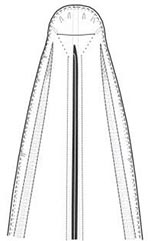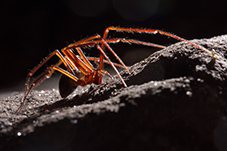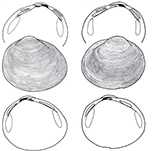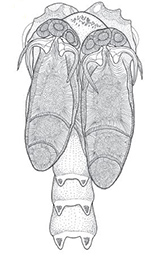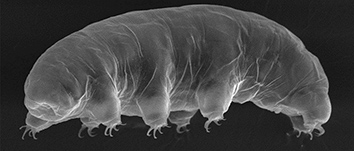IS16010Redescription of Pelagia benovici into a new jellyfish genus, Mawia, gen. nov., and its phylogenetic position within Pelagiidae (Cnidaria : Scyphozoa : Semaeostomeae)
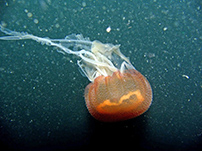
Jellyfish blooms have become increasingly frequent, but we still don’much about these organisms. New morphological data and a phylogenetic analysis have enabled the redescription of a recently discovered species (Pelagia benovici) from the Mediterranean Sea. This jellyfish is moved to a new genus within Pelagiidae named Mawia. Mawia benovici, comb., nov. is a sister taxon to Sanderia malayensis. Photograph: Mawia benovici, sp. nov., Piran, Slovenia, by Tihomir Makovec.



